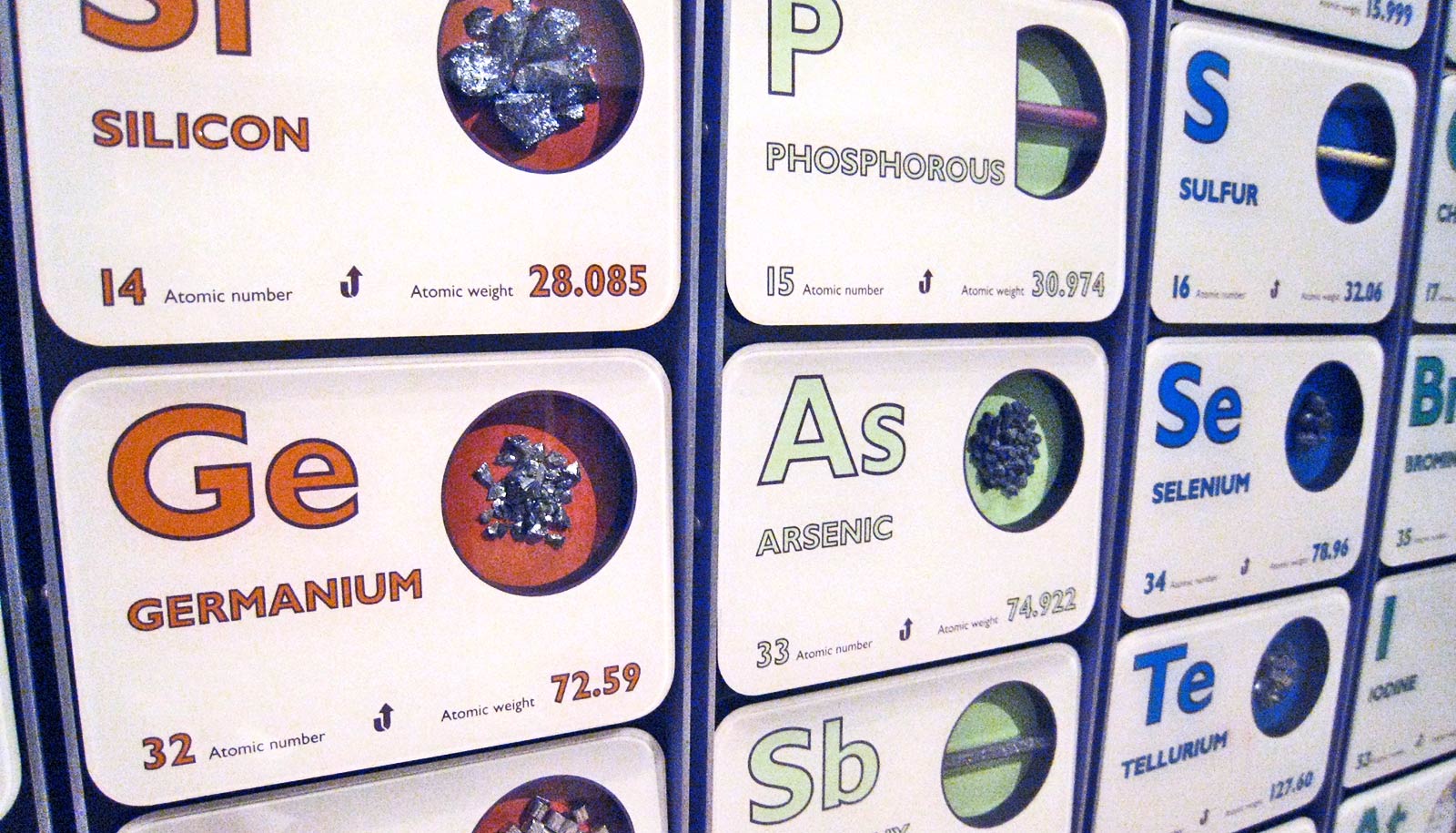Researchers have discovered a new isotope of magnesium—magnesium-18.
Magnesium is the eighth-most abundant element in Earth’s crust. The new isotope is the world’s lightest magnesium.
“It’s pretty exciting. It’s not every day people discover a new isotope.”
Forged at the National Superconducting Cyclotron Laboratory at Michigan State University, the new magnesium isotope is so unstable, it falls apart before scientists can measure it directly. Yet this isotope that isn’t keen on existing can help researchers better understand how the atoms that define our existence are made.
“One of the big questions I’m interested in is where do the universe’s elements come from,” says Kyle Brown, an assistant professor of chemistry at the Facility for Rare Isotope Beams at Michigan State University. Brown was one of the leaders of the new study. “How are these elements made? How do these processes happen?”
The new isotope won’t answer those questions by itself, but it can help refine the theories and models scientists develop to account for such mysteries.
Earth is full of natural magnesium, forged long ago in the stars, that has since become a key component of our diets and minerals in the planet’s crust. But this magnesium is stable. Its atomic core, or nucleus, doesn’t fall apart.
The new magnesium isotope, however, is far too unstable to be found in nature. But by using particle accelerators to make increasingly exotic isotopes like this one, scientists can push the limits of models that help explain how all nuclei are built and stay together.
This, in turn, helps predict what happens in extreme cosmic environments that we may never be able to directly mimic on or measure from Earth.
“By testing these models and making them better and better, we can extrapolate out to how things work where we can’t measure them,” Brown says. “We’re measuring the things we can measure to predict the things we can’t.”
Making magnesium-18
All magnesium atoms have 12 protons inside their nuclei. Previously, the lightest version of magnesium had 7 neutrons, giving it a total of 19 protons and neutrons—hence its designation as magnesium-19.
To make magnesium-18, which is lighter by one neutron, the team started with a stable version of magnesium, magnesium-24. The cyclotron at NSCL accelerated a beam of magnesium-24 nuclei to about half the speed of light and sent that beam barreling into a target, which is a metal foil made from the element beryllium. And that was just the first step.
“That collision gives you a bunch of different isotopes lighter than magnesium-24,” Brown says. “But from that soup, we can select out the isotope we want.”
In this case, that isotope is magnesium-20. This version is unstable, meaning it decays, usually within tenths of a second. So the team is on a clock to get that magnesium-20 to collide with another beryllium target about 30 meters, or 100 feet, away.
“But it’s traveling at half the speed of light,” Brown says. “It gets there pretty quickly.”
It’s that next collision that creates magnesium-18, which has a lifetime somewhere in the ballpark of a sextillionth of a second. That’s such a short time that magnesium-18 doesn’t cloak itself with electrons to become a full-fledged atom before falling apart. It exists only as a naked nucleus.
In fact, it’s such a short time that magnesium-18 never leaves the beryllium target. The new isotope decays inside the target.
This means scientists can’t examine the isotope directly, but they can characterize tell-tale signs of its decay. Magnesium-18 first ejects two protons from its nucleus to become neon-16, which then ejects two more protons to become oxygen-14. By analyzing the protons and oxygen that do escape the target, the team can deduce properties of magnesium-18.
‘Important drops in a bucket’
“This was a team effort. Everyone worked really hard on this project,” Brown says. “It’s pretty exciting. It’s not every day people discover a new isotope.”
That said, scientists are adding new entries every year to the list of known isotopes, which number in the thousands.
“We’re adding drops to a bucket, but they’re important drops,” Brown says. “We can put our names on this one, the whole team can. And I can tell my parents that I helped discover this nucleus that nobody else has seen before.”
The researchers report their discovery in the journal Physical Review Letters.
Researchers at Peking University, Washington University in St. Louis, and Michigan State University also contributed to the work.
Support for this research came from the Department of Energy; the US National Science Foundation; the State Key Laboratory of Nuclear Physics and Technology, Peking University; the National Key Research and Development Program of China; the National Natural Science Foundation of China; and the China Scholarship Council.



